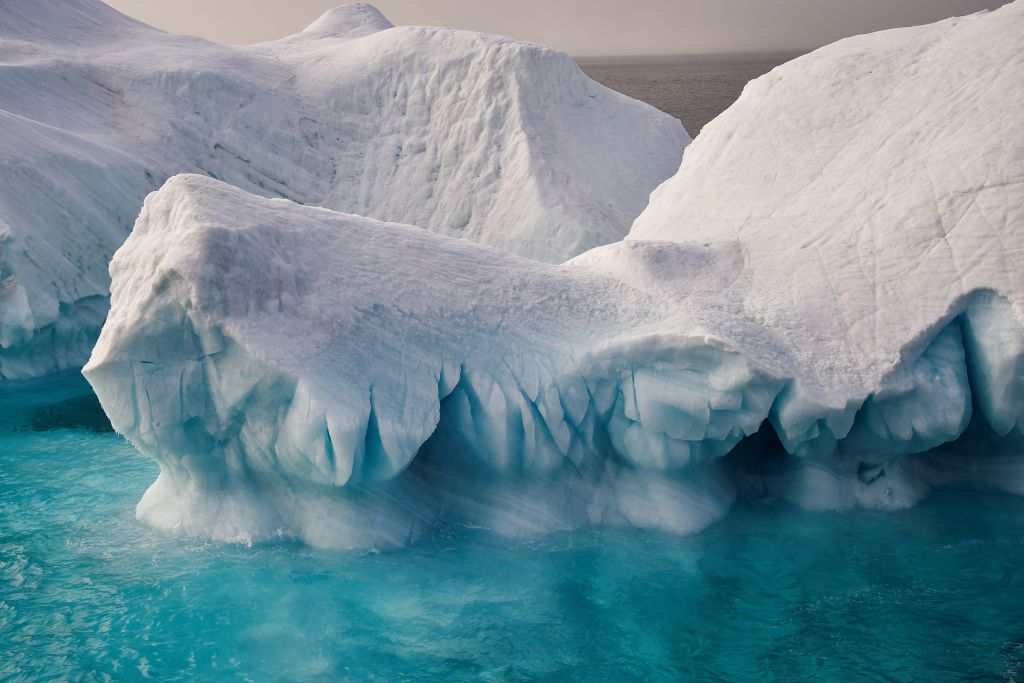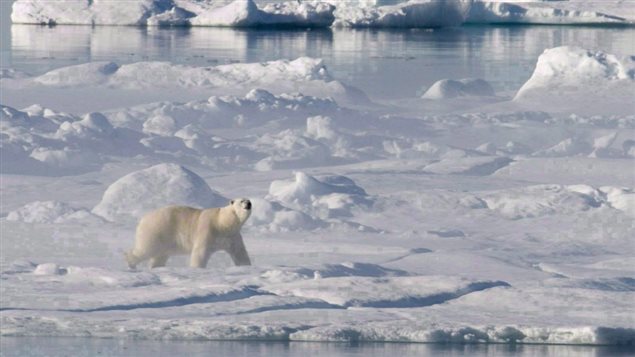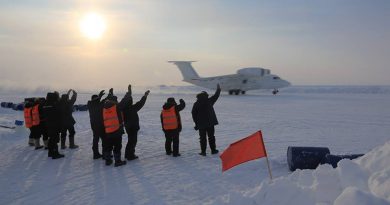Toxic chemical levels dropping in oceans, but rising in Arctic: study

A recent study has found that although toxic chemical levels in oceans are declining, levels in the Arctic are worryingly trending upwards, something researchers believe is caused by north-moving ocean currents.
The paper published in the journal Science Advances looks at persistent organic pollutants (POPs), a group of toxic chemicals that stay in the environment for decades. Some well-known onces include DDT and PCBs, which were widely used in farming and industry before global bans were put in place once their harmful effects on health and the environment were known.
The Stockholm Convention came into force in 2004, a treaty that requires signatories to stop the production, use, important and export of the POPs.

The researchers say the declining levels of the chemicals in the oceans show the convention is working, but that historically emitted POPs are still ending up in the Arctic.
“Oceans have become the sinks for these chemicals, and ocean circulation is contributing more to their global transport to the Arctic now that the sources for atmospheric circulation have been restricted by the Stockholm Convention of 2001,” Concordia University’s Xianming Zhang, a member of the international research team that conducted the study, said in a statement.
“Over the period when POPs were produced and reaching the environment, long-range atmospheric transport had been the main pathway through which POPs reached the Arctic. When source regulations are in place, ocean circulation plays a more important role in delivering historically emitted POPs to the Arctic.”
Risks to wildlife
To do the research, the team analyzed data from over 10,000 measurements taken from oceans worldwide since 1980.
They say besides the ocean currents, the accumulation in the North is also due to the cold temperatures that slow down the breakdown of the chemicals. The research says this can pose risks to wildlife in the region.
“Along with the health concerns they pose by entering the food web through animals like whales, seals and polar bears, POPs in the Arctic are also ethical issues as many of the chemicals are not produced or used in the Arctic but the Arctic population and ecosystems are exposed to higher levels of chemicals that are emitted from other parts of the world,” Zhang said.

However, the researchers said that this doesn’t mean international agreements on these chemicals are ineffective.
“We need to point out that even though the Arctic is not seeing reduced concentrations of these POPs two decades after global source regulations, it does not mean that global chemical regulations are not working,” says Zhang. “Without those regulations, the situation would have been much worse.’
Instead, he said the team’s findings are a foundation for understanding how the chemicals move through the environment and for developing more effective solutions.
“We now have a clearer understanding of the processes these legacy POPs experience in the global environment, so we can largely reduce environmental and health impacts by considering the properties and processes that make chemicals into POPs even before a new chemical is produced or used in large quantities,” Zhang said.
“Global partnership with different stakeholders is essential to achieve the goal.”
Comments, tips or story ideas? Contact Eilís at eilis.quinn(at)cbc.ca
Related stories from around the North:
Canada: ‘Significant’ amounts of mercury in permafrost threatens Arctic food supply, research says, CBC News
Finland: Citizens’ initiative prompts Finnish lawmakers to consider microplastics ban, Yle News
Greenland: Greenland accedes to UN treaty against mercury pollution, Eye on the Arctic
Sweden: Swedish raft made from trash draws attention to plastic pollution, Radio Sweden



